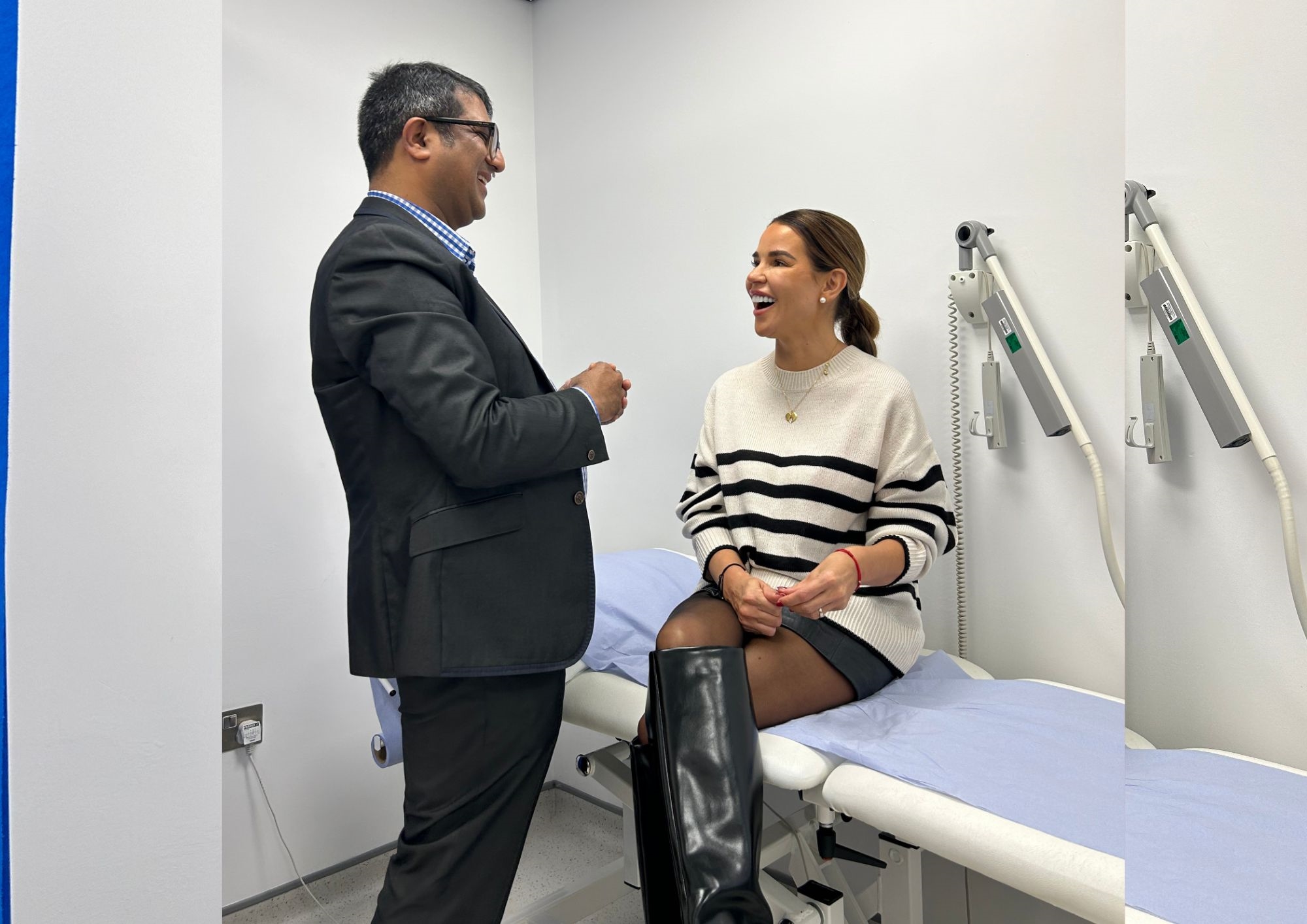Embarking on a cosmetic surgery journey can be both exciting and daunting. Whether you’re looking to enhance a feature, restore a youthful appearance, or correct a long-standing concern, the key to achieving your desired outcome lies in clear and effective communication with your surgeon.
Here’s how to articulate what you are looking for when it comes to your cosmetic surgery goals:
Reflect on your motivations
Understanding why you want the surgery is the first step in articulating your goals. Are you aiming to boost your confidence, address the aftermath of an injury, or simply want to refresh your look? Write down your motivations and be honest with yourself. This clarity will help you convey your needs more accurately to your surgeon. Take some time to think deeply about why you are considering cosmetic surgery. Is it to correct something that has always bothered you, to reverse the signs of ageing, or to recover your appearance after a life event like pregnancy or weight loss? Understanding your motivations can help you and your surgeon align on what you hope to achieve. Writing down these reasons can also provide a touchstone to refer back to throughout the process, ensuring that your goals remain clear and focused.
Research and gather inspiration
Familiarise yourself with the procedure you are considering. Look at before-and-after photos, read testimonials, and explore different outcomes. Create a collection of images that resonate with you, whether they are from celebrities, models, or real patients. This visual aid can be a powerful tool in communicating your aesthetic preferences. Save images that depict results you admire and note specific aspects that appeal to you, such as the shape of a nose, the contour of a jawline, or the symmetry of a face. Bringing these images to your consultation can help your surgeon understand your vision more concretely. Additionally, reading patient testimonials can provide insight into the emotional and practical aspects of the surgery, giving you a more comprehensive understanding of what to expect.
Identify specific changes
Be as specific as possible about the changes you desire. Instead of saying “I want a better nose,” describe what “better” means to you. Is it a slimmer profile, a more defined tip, or a correction of a bump? The more detailed you are, the easier it will be for your surgeon to understand and achieve your goals. For instance, if you’re interested in Rhinoplasty, specify whether you want to address the width of the bridge, the size of the nostrils, or the angle of the tip. For Breast Enlargement, consider the desired size, shape, and whether you prefer a more natural or enhanced look. Detailed descriptions help avoid misunderstandings and allow the surgeon to tailor their approach precisely to your needs.
Consider functionality
Cosmetic surgery isn’t just about aesthetics; it’s also about functionality. If you have concerns related to function, such as breathing difficulties with Rhinoplasty or eyelid heaviness with Blepharoplasty, make sure to articulate these issues. A comprehensive approach can lead to both improved appearance and function. For example, if you're considering eyelid surgery (Blepharoplasty), note if drooping eyelids are affecting your vision. For Rhinoplasty, mention if a deviated septum is causing breathing problems. Addressing these functional aspects can enhance your overall quality of life in addition to improving your appearance.
Communicate openly and honestly
During your consultation, communicate openly with your surgeon. Discuss your expectations, fears, and any previous experiences with cosmetic procedures. Honesty about your medical history, lifestyle, and any medications you are taking is crucial for your safety and the success of the surgery. Transparency is vital in your interactions with your surgeon. Share your complete medical history, including any past surgeries, chronic conditions, and allergies. Discuss your lifestyle habits such as smoking, alcohol consumption, and exercise routine, as these can impact both the surgery and recovery. Don’t hesitate to express any fears or reservations you have; a good surgeon will address your concerns and provide reassurance.
Ask questions
Prepare a list of questions to ask your surgeon. Inquire about the procedure details, recovery process, potential risks, and the surgeon’s experience with similar cases. Understanding the nuances of the procedure will help you set realistic expectations and feel more confident in your decision. Before your consultation, jot down a list of questions you want to ask. These might include: What does the procedure entail? How long will the recovery period be? What are the potential risks and complications? How many similar procedures have you performed? What can I do to prepare for the surgery? Having these questions ready can ensure you don’t forget to address important points and can help you feel more informed and empowered in your decision-making process.
Listen to expert advice
While it’s essential to communicate your desires, it’s equally important to listen to your surgeon’s professional advice. They have the expertise to guide you towards achievable and safe results. Be open to their suggestions, as they might offer alternative approaches that align better with your goals. Trust in the expertise of your surgeon. They can provide valuable insights into what is realistically achievable and what might work best for your specific anatomy and circumstances. For instance, if you bring a picture of a celebrity nose but it wouldn’t suit your facial structure, a good surgeon will suggest a modification that enhances your natural features while meeting your aesthetic goals. Being open to their professional input can lead to a more harmonious and satisfying result.
Define your ideal outcome
Clearly articulate what your ideal outcome looks like. This could be a combination of different elements you admire in various photos. Defining your ideal outcome helps the surgeon understand your vision more precisely. Create a detailed description or collage of your ideal result, combining various features from different sources. Explain why you like certain aspects and how they fit into your vision for yourself. This comprehensive picture can help your surgeon understand exactly what you are aiming for and tailor their approach accordingly.
Set realistic expectations
Understand the limitations of cosmetic surgery and set realistic expectations. No procedure can achieve perfection, but it can enhance your natural beauty and improve certain aspects. Having realistic goals will lead to greater satisfaction with the results. Cosmetic surgery can bring significant improvements, but it has its limits. Discuss with your surgeon what can be realistically achieved and what might be out of reach. Understanding these boundaries helps in setting realistic expectations and avoids potential disappointment. Remember that even subtle changes can have a profound impact on your overall appearance and self-esteem.
Follow up and stay informed
After your initial consultation, follow up with any additional questions or concerns. Stay informed about the pre-operative and post-operative instructions, and maintain open communication with your surgical team. This ongoing dialogue ensures that you are fully prepared and confident throughout the process. Keep the lines of communication open with your surgeon and their team. If you have further questions after your consultation, don’t hesitate to reach out. Follow their pre-operative instructions carefully to prepare your body for surgery and adhere to post-operative care guidelines to ensure optimal healing. Regular follow-up appointments can monitor your progress and address any concerns.






























